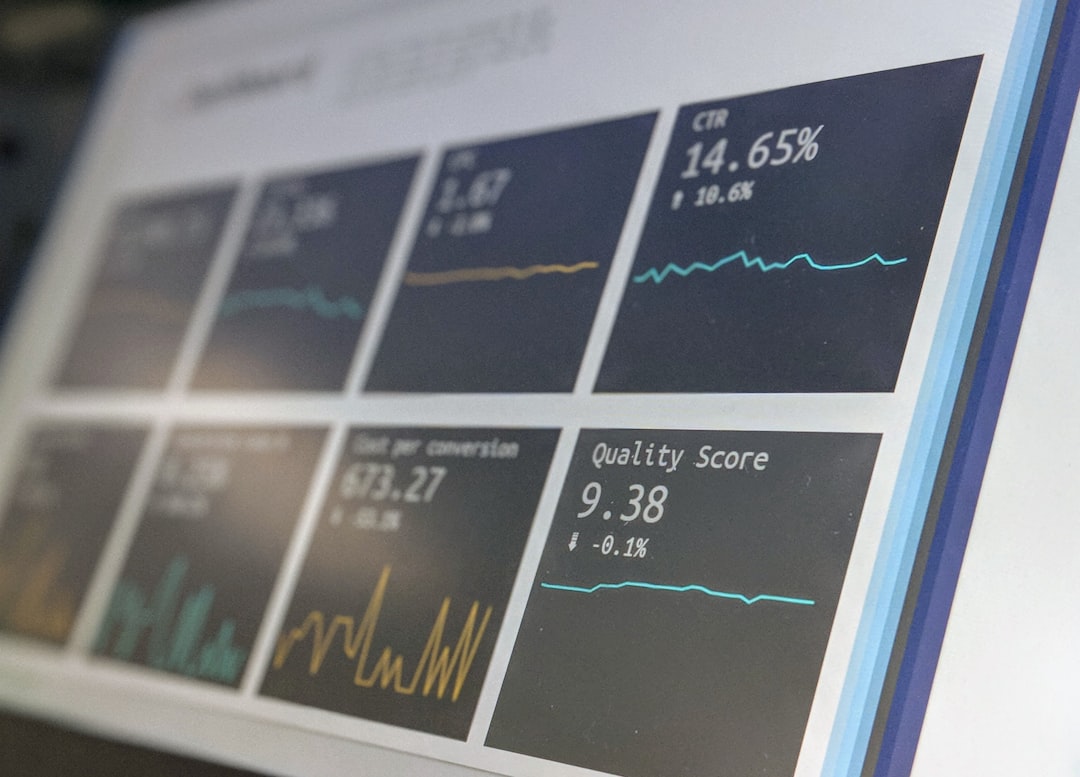
How Labor Market Trends are Shaping Economics
# Introduction. The labor market is a dynamic landscape that reflects broader economic changes and trends. Over the past few years, we have seen significant transformations in how work is structured, which professions are in demand, and the overall nature of employment. As remote work gains traction and industries evolve to meet the challenges posed by technological advancements, the implications for economic development are profound. This blog post delves into the current labor market trends and their interconnectedness with larger economic theories and practices. # The Rise of Remote Work and Its Economic Implications. One of the most notable shifts in the labor market has been the surge in remote work. Initially a necessity during the COVID-19 pandemic, remote work has transformed the way companies and employees view productivity and work-life balance. This trend is not merely a passing phase but has real economic implications. Companies are able to hire talent from various geographical locations, leading to a more diverse workforce and potentially reducing operational costs related to physical office spaces. Remote work also influences consumer spending habits. With some individuals saving on commuting and daily expenses, there’s a shift in spending towards home improvements, technology, and online leisure activities. Economists predict this trend will influence future labor demands and the location of businesses, as companies no longer need to be centralized in high-rent urban areas. # Gig Economy: Flexibility or Instability?. Alongside remote work, the gig economy has exploded, characterized by short-term engagements and flexible job structures. Platforms like Uber, TaskRabbit, and Fiverr have changed our perception of work, providing individuals with additional income opportunities outside traditional employment. However, the rise of gig work also raises questions about job security and benefits. While flexibility is a significant advantage for many, economists express concerns over the lack of job stability, health benefits, and retirement plans for gig workers. This dichotomy of flexibility versus stability challenges traditional economic models that focus on consistent, long-term employment as a key to economic growth and stability. Policymakers are being called to reevaluate labor laws to better protect gig workers, indicating a potential shift in how we define employment. # Skills and Education: Meeting Market Demand. As automation and artificial intelligence reshape labor needs, there is a pressing need for a skilled workforce. Many industries are rapidly evolving, demanding new skills and educational backgrounds. For instance, the technology sector now prioritizes expertise in areas such as data analytics, artificial intelligence, and cybersecurity. This phenomenon emphasizes the growing importance of continuous education and vocational training. Economic theory stresses the need for human capital development as a cornerstone for growth. As traditional educational pathways may not meet current job market requirements, alternative education models like coding boot camps and online learning platforms expand, offering diverse avenues for individuals to gain essential skills. # Immigration Policies and Labor Supply. Changes in immigration policies also dramatically impact labor market trends. Countries with stringent immigration laws often face labor shortages in specific industries, which can inhibit economic growth. Conversely, countries with more accessible immigration pathways often experience an influx of workers eager to fill roles in critical sectors like healthcare, construction, and technology. The geopolitical climate and public sentiment can shift rapidly, making it essential for policymakers to recognize the economic value that immigrants bring to the labor market. Research indicates that immigrants can bolster local economies, contributing to innovation and growth. Addressing the labor market's response to immigration trends is crucial for sustainable economic development. # Conclusion. Labor market trends are deeply intertwined with broader economic changes. From remote work, gig economy shifts, to the demand for skills and the impact of immigration, these trends shape the economic landscape in real-time. Understanding and adapting to these changes is vital for businesses, policymakers, and workers alike. Embracing flexibility, investing in human capital, and nurturing a diverse workforce can lead to a more resilient economy that is equipped to tackle future challenges. As we move forward, it becomes imperative to explore how these trends will further evolve and shape the economy in the years to come. .







